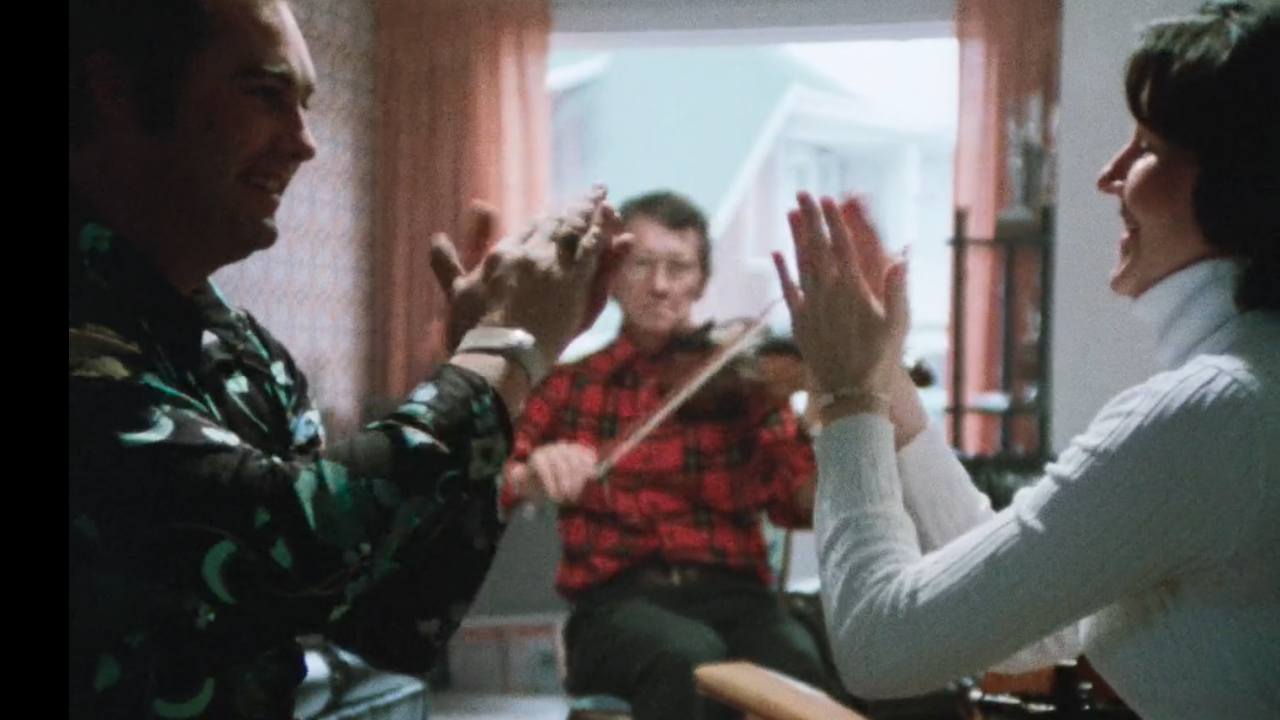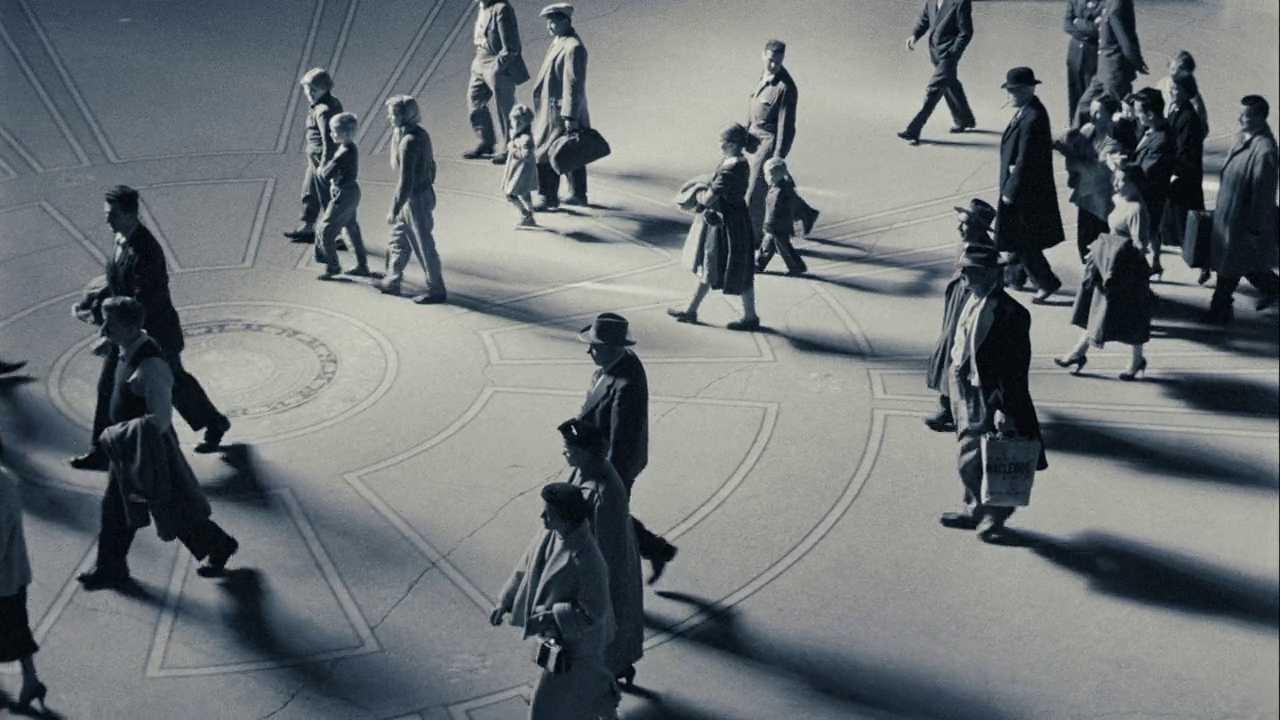
Higher Learning | The Geographies of DAR
Higher Learning | The Geographies of DAR
I encountered David Adams Richards’ work for the first time when I read his 1988 novel Nights Below Station Street in a third-year course on Canadian literature at St. Francis Xavier University. After moving from Wacousta to As for Me and My House to Lives of Girls and Women, Richards’ spare prose and relentless focus on alcoholism, poverty and life in rural New Brunswick, a marginal part of a marginal region, felt both welcome and out of place in a course that interrogated the existence and relevance of a Canadian literary tradition. Taking that course and reading that book changed my life. I saw myself and the people I grew up with in Richards’ work, and I have spent my career writing and teaching about places like the Miramichi and my home, the North Shore of Nova Scotia.
The Geographies of DAR, Monique LeBlanc, provided by the National Film Board of Canada
The Geographies of DAR moves between black-and-white shots of the landscape of northern New Brunswick and interviews with Richards himself, interspersed with readings from key moments in his books. In the opening scene, the rushing Miramichi River is overlaid with an unseen speaker quoting from his acclaimed novel Mercy Among the Children (2000): “I went that night and sat by our river. The water of our great river makes us disappear—we become at twilight in the babble of water a symphony of ghosts” (289).
A recurring theme in the documentary, one that echoes reviews and studies of Richards’ work, is the almost mythical connection between Richards and his home region. As the narrators describe characters who are always drawn back to “their part of the river,” the film cuts to footage of Richards returning to the Miramichi from Toronto.
This interplay between image, interview and archive allows educators and students ready access to this theme. Richards’ interviews hint at the potential for this film to be used in a variety of disciplines: he talks, for example, about the influence of religion and faith on his work; the importance of working-class expression; and philosophical questions around social determinism and individual resilience. In addition to themes the film explicitly investigates, educators and researchers will be interested in lines of inquiry the film, as a celebration of Richards and his career, shies away from; consider, for example, that presenting Richards’ words at face value allows him to dissect the gender politics of his own work without rebuttal.
The film’s basic narrative structure flows out of its project of examining the influence of the Miramichi region on Richards’ writing and the related question of how much his writing shapes our understanding of that region. The film’s dialogue comes solely from Richards himself, either through fellow authors reading from his books or through the interviews.
The only other people shown in the film are those closest to Richards: his wife, Peg, his son, his friends from New Brunswick, and his granddaughter. Richards is famously reticent to speak about himself in public, but here he opens up about his own family history, his past alcohol abuse and the struggles he and Peg experienced when he was establishing himself as a writer.
As these vignettes of his life are revealed, the film displays relevant images from the Miramichi (for example, a local bar appears during stories about his drinking). This narrative and visual strategy reinforces the film’s thematic focus.
Early in the film, Richards declares that his work “goes against the current.” He has always stood out from Canada’s literary establishment, which, as Tony Tremblay, the author of David Adams Richards of the Miramichi: A Biographical Introduction to His Work (2010), points out, places constraints on writers from the East Coast.
Richards specifically takes aim at these critics in the film, arguing that they fundamentally misunderstand the concept of “sense of place.” He argues that critics use this phrase to trivialize rural life and to make it seem less important than what happens in urban Canada. The radical proposition of Richards’ work is that the settings highlighted in this film—Bartibog Bridge, Newcastle, Burnt Church Road—and the people who live there are worthy of the profound literary talent he brings to bear on them.
In the last line of The Geographies of DAR, Richards attempts to explain his motives for spending his entire career writing about his home region. He says: “I did it because I love the Miramichi. If I didn’t love the people there I wouldn’t have written a word.” This film will provoke wide-ranging discussion about the role of regionalism in Canadian culture, the importance of character development in fiction writing and the relationship between lived experience and artistic expression.
Peter Thompson is a Professor in the Department of English at the University of New Brunswick, where he is currently serving as Dean of Arts on the Fredericton campus. His research looks at representations of deindustrialization in contemporary Atlantic Canadian literature and popular culture. His work has appeared in Studies in Canadian Literature, Acadiensis and Journal of Appalachian Studies. In 2019, he published a book, Nights Below Foord Street: Literature and Popular Culture in Postindustrial Nova Scotia with McGill-Queen’s University Press.
Pour lire cet article en français, cliquez ici.
Discover more Mini-Lessons | Watch educational films on NFB Education | Watch educational playlists on NFB Education | Follow NFB Education on Facebook | Follow NFB Education on Pinterest | Subscribe to the NFB Education Newsletter



